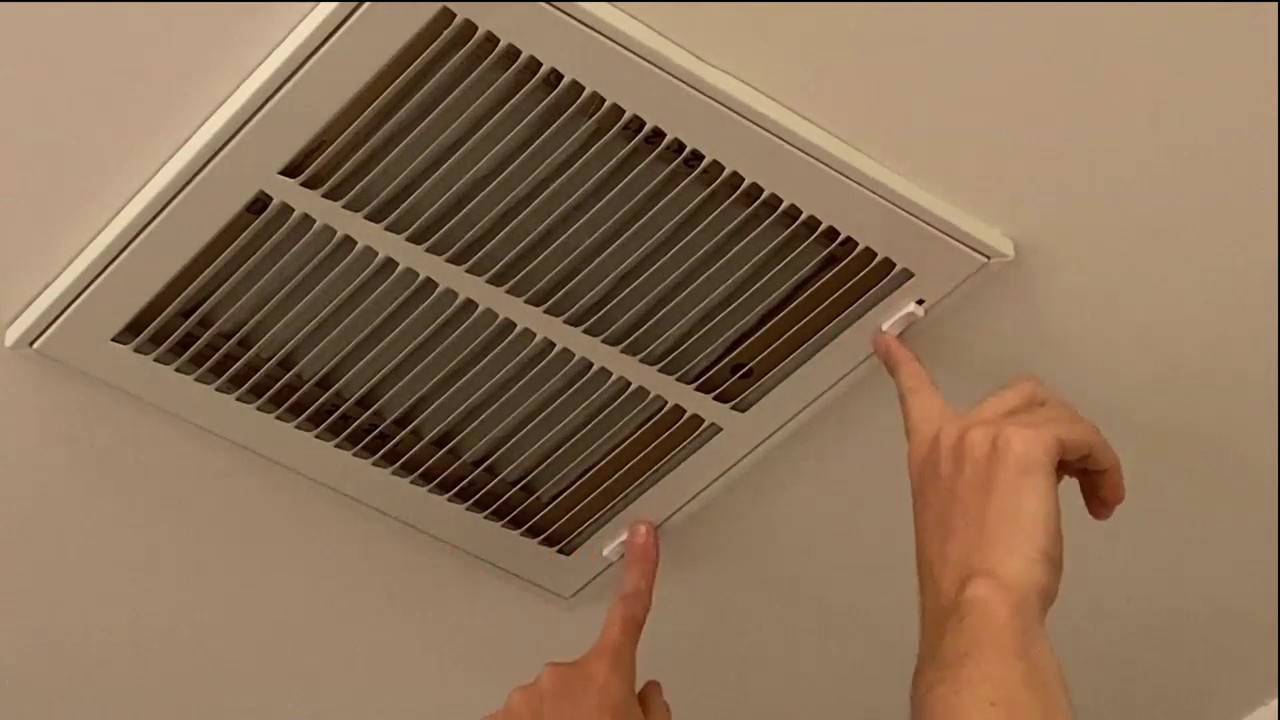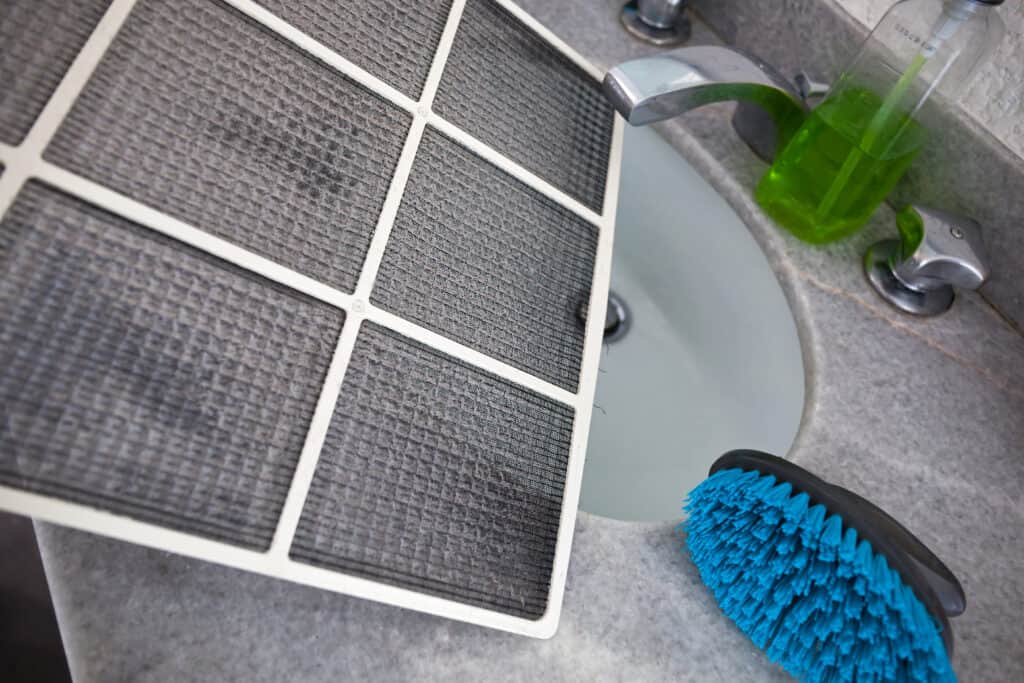The question, ‘what is a filter drier hvac?’ might arise when one is delving into the complex world of HVAC systems. Essentially, a filter drier is a vital component used in HVAC (Heating, Ventilation, and Air Conditioning) systems to keep the system efficient by removing moisture and contaminants from refrigerants. Moisture and impurities can severely damage the system’s components, impacting its performance and longevity. For enthusiasts and professionals, understanding a filter drier’s role unveils a significant aspect of HVAC maintenance and operation.
A filter drier could be visualized as a combination of a filter and a drier integrated within an HVAC system. It’s designed to tackle two main threats to any refrigeration circuit: moisture and solids. When refrigerant passes through the system, the filter drier absorbs moisture, thereby preventing ice formation. For a comprehensive understanding of how an AC system works, you might find this explanation from Hutch Resourceful.

The Tremendous Role of a Filter Drier in HVAC Systems
When discussing an HVAC filter driers roles, its crucial to understand that its key function is moisture removal. Moisture, in any form, tends to be the enemy within a refrigeration system. By eliminating moisture, the filter drier prevents freezing inside the unit. It becomes particularly essential when temperatures plummet, and uninvited ice could wreak havoc by blocking or damaging components. Furthermore, moisture can potentially turn into an acidic reaction when mixed with refrigerants, deteriorating the HVAC system’s condition.
Why Moisture Removal is Essential for HVAC Longevity
The presence of moisture in an HVAC system presents several operational challenges. Firstly, moisture causes corrosion of metal parts, compromising the structure and integrity of the system. Secondly, moisture reacts chemically with refrigerants, creating harmful acids that could lead to system failure. The filter drier captures this moisture, eliminating risks before they manifest into costly repairs or replacements. This comprehensive guide on common HVAC issues touches on related maintenance practices that every owner should consider.
Tackling Solid Contaminants: A Hidden Threat to Efficiency
Seldom do many associate ‘dirt’ or ‘debris’ with an HVAC system, yet these solid contaminants subtly affect efficiency if not managed. The filter component of a drier traps dirt, metal particles, oxidation from internal components, or any solid impurities acquired through installation or repairs. A system free of solids delivers thermal comfort efficiently, making regular maintenance imperative. If you wonder how routine duct cleaning might support such efforts, you haven’t wandered far from an ideal solution.
Recognizing Different Types of HVAC Filter Driers
Filter driers come in various types, each differing slightly in function and suitability for varying systems:
- Liquid Line Filter Drier: Installed in the liquid line of HVAC systems, it particularly addresses moisture and liquid refrigerant contaminants.
- Suction Line Filter Drier: Positioned after the evaporator, it filters refrigerant vapor and tackles contaminants before it re-enters the compressor.
- Combination Filter Drier: Merges the characteristics of both liquid and suction types, providing comprehensive protection.
Considerations in choosing the suitable type often surround system configuration and specific operational requirements, ensuring system longevity and efficiency.
Approved Installation Practices for Better Efficiency
Proper installation of a filter drier is fundamental in exerting its intended benefits. An improperly installed filter drier could either block refrigerant flow or fail to trap contaminants correctly. Professionals recommend verifying the direction of flow as marked on the filter and using A/C-specific guidelines while incorporating related components. Some may choose to explore doing it themselves, considering resourceful guides on AC components.
Delighted Homeowners Value Filter Drier Upkeep, Too
Theres an undeniable delight in knowing ones HVAC system runs smoothly. Recognizing how a well-maintained filter drier adds value to your home environment is integral to home improvement. Regular inspections and timely replacements ensure efficiency, energy savings, and fewer calls to the repair workforce. If you are curious to know the hidden factors impacting indoor air comfort, explore this resource explaining various aspects.
Tremendous Technology Behind Filter Driers
Modern HVAC systems continuously integrate technology advancements, with filter driers leveraging the latest tech for better results. With superior filtration media and adaptive absorption materials, technology ensures these components are more efficient than ever before.
Future Challenges and Opportunities in Filter Drier Technology
A strong focus on sustainability drives innovation in the HVAC industry. Whether it is developing eco-friendly absorption materials or crafting devices integrated with smart systems, the future offers both challenges and breakthroughs. Homeowners keeping abreast of such developments can expect smarter, more efficient HVAC systems.
For those interested in deeper practical HVAC knowledge, visiting external guides like this one by 2-10 Blog could provide extra insights into optimal component usage practices.

FAQ Section
What effect does a faulty filter drier have on my HVAC system?
A faulty filter drier results in moisture and contaminants circulating within the system, causing inefficiency, corrosion, component damage, and possible system breakdowns.
How often should I replace the filter drier in my HVAC system?
The replacement frequency may vary depending on use and system specifics, but many experts advise checking every year and replacing it every 2-3 years, or as recommended by your system manufacturer.
Can I install a filter drier myself, or should I hire a professional?
While DIY installation is not uncommon, hiring a professional ensures proper handling and installation, preventing potential system issues caused by human error.






